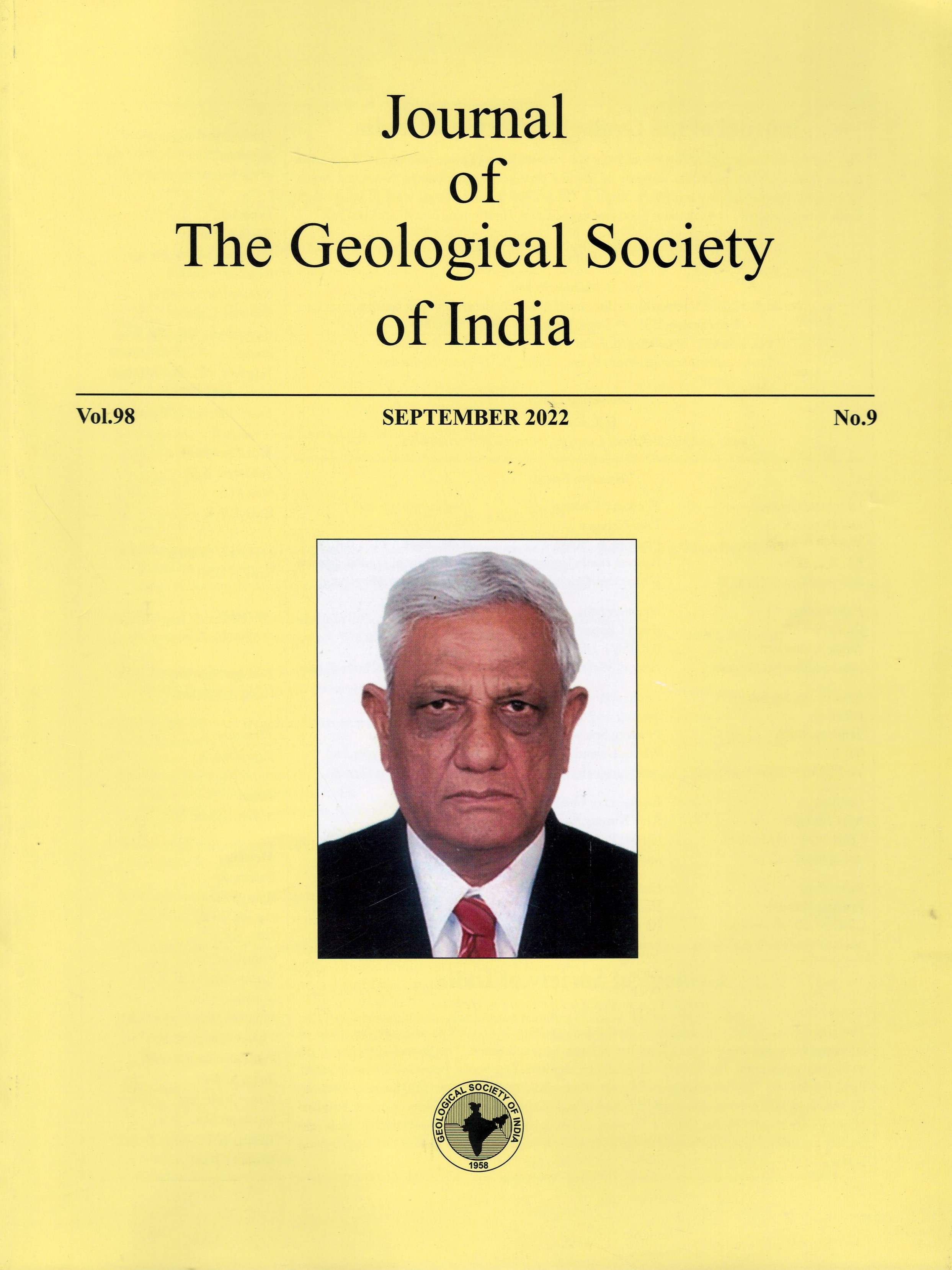Sulphur Isotopic Evidence for Upwelling of Anoxic Deep Water as the Cause of End-Permian Mass Extinction from Guryul Ravine Permo-Triassic Boundary Section, Kashmir, India
DOI:
https://doi.org/10.1007/s12594-022-2151-6Keywords:
No KeywordsAbstract
The Guryul ravine section in Kashmir, northern India represent archetypal Permian-Triassic Boundary (PTB) section, comprising conformable successions of mixed siliciclastic-carbonate sediments deposited in deep-shelf setting. Availability of high quality sedimentological and fossil records provides unique opportunity to examine the oceanic redox condition across PTB. Here, pyrite sulphur isotopic data, along with total organic carbon (TOC) and redox-sensitive trace elements (RSE) is reported from ∼28m thick succession across the PTB and attempted to investigate the reason behind the biotic crisis. The TOC and RSE data support an overall anoxic condition with a broad de-oxygenation trend with time. Majority of pyrite sulphur isotope data, considering ∼17‰ δ34S of contemporary ocean, show relatively low offset (D34SSO4-H2S =16.4-22.4 ‰) between the marine sulphate and sulphide across the PTB, indicating low oceanic dissolved sulphate concentration (1.7–3.6 mM) and an overall oxygen deficient anoxic condition. A high magnitude (∼22 ‰) negative δ34S excursion event, observed in this study, broadly correlates with the first peak of mass-extinction at latest Permian H. praeparvus — C. meishanensis Zone. Upwelling of deep Ocean 34S-depleted sulphidic water onto the ocean surface layer best explains the negative δ34S excursion, and it is suggested that H2S poisoning is the main reason of mass mortality. The long term ocean stagnation and widespread ocean anoxia might have been caused by high-surface temperature related to gigantic release of greenhouse gases to the atmosphere during Siberian trap magmatism.

 Shaik A. Rashid
Shaik A. Rashid






